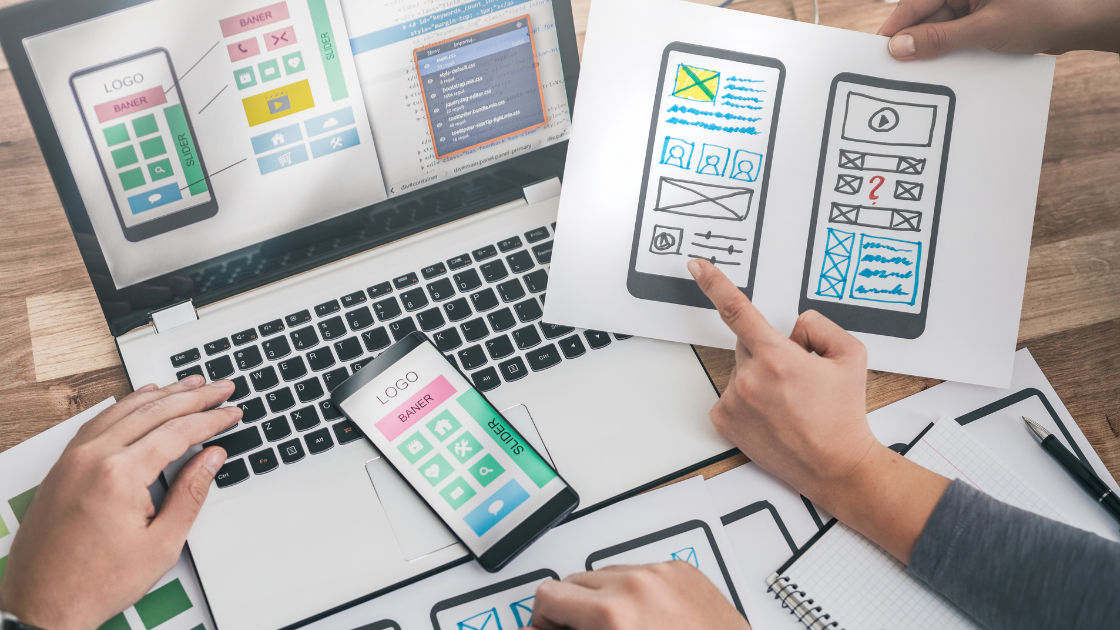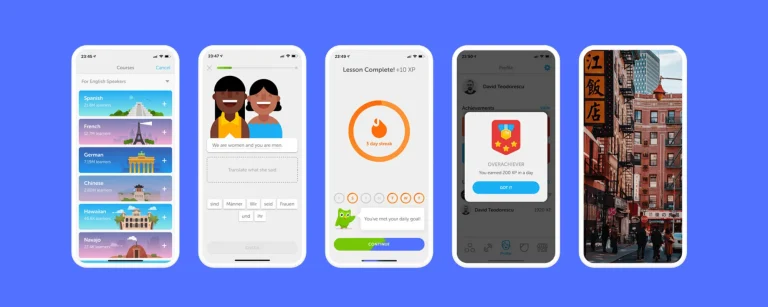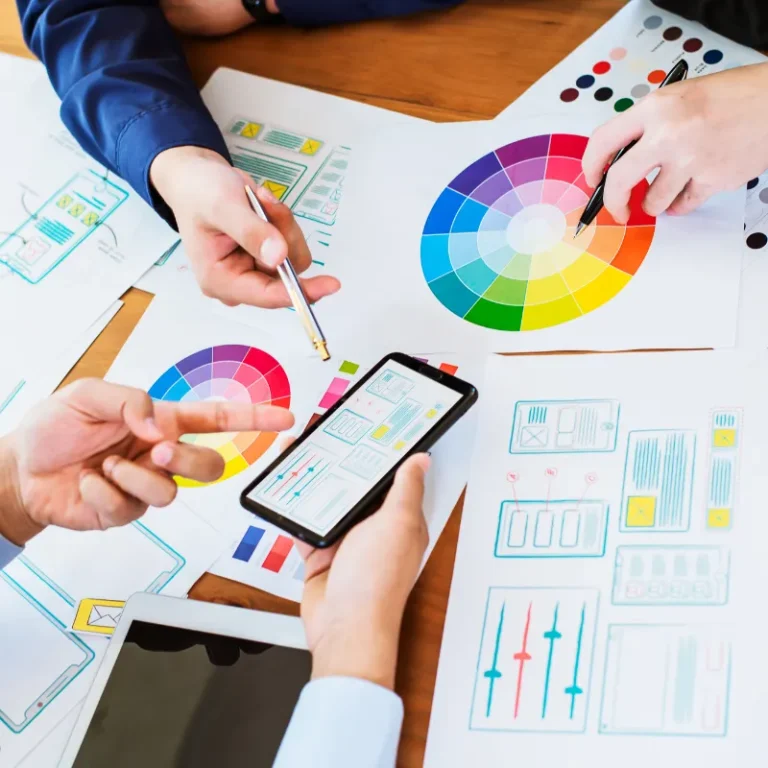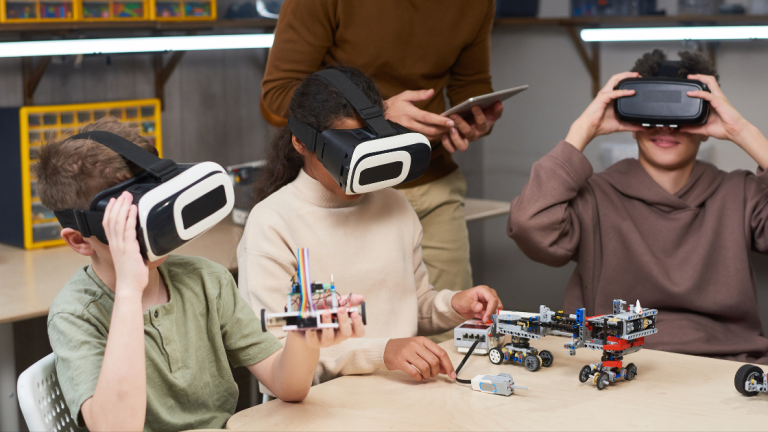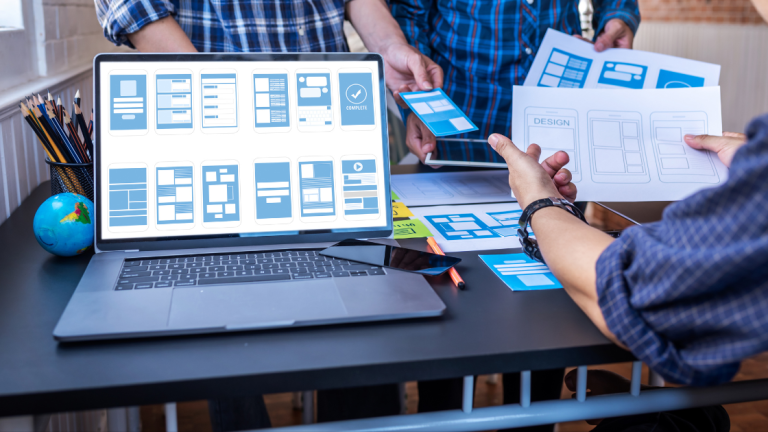The uprising of no-code in UI/UX design affected many different industries, making it possible for people to develop complex applications, websites, and digital products even if they do not have any or have limited programming skills. These tools have really made a difference in the UI/UX design space by democratizing design and development processes and helping to empower designers, entrepreneurs, and nontechnical teams to bring their ideas into action with less reliance on traditional coding skills. It also brings challenges that must be solved to create effective and user-friendly interfaces.
The Rise of No-Code Tools
- Accessibility And Democratization
No-code tools have dramatically reduced entry barriers in digital design and development. Conventionally, any digital product requires an in-depth understanding of programming languages, frameworks, and software development processes. Currently, through intuitive drag-and-drop interfaces and pre-built components, no-code platforms are in a better position to empower more diverse people in the process of UI/UX design.
- Increased Velocity And Efficiency Of Design
The most compelling benefit of no-code tools has to be the speed at which designs can be created, iterated, and deployed. Traditional development involves iterative cycles of design, coding, testing, and debugging. No-code platforms speed this up through streamlined processes, faster prototyping, and testing of UI/UX designs. It’s not only going to reduce time-to-market, but is also going to allow designers to test several ideas really quickly.
- Empowerment Of Nontechnical Creators
No-code tools empower non-technical individuals in teams—marketers, content creators, and product managers—to contribute directly to the design and development of digital products. This also decreases dependencies on developers for everyday tasks, letting technical teams be oriented towards more complex and strategic initiatives.
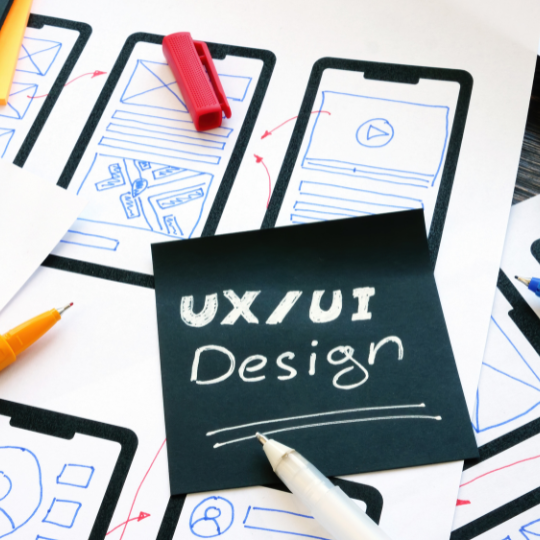
Impact On UI/UX Design Processes
- Simplified Prototyping And User Testing
Prototyping is an important stage of UI/UX design. It means the translation of concepts into interactive models testable with users. No-code tools simplify this process by having built-in features and templates, which can be modified by the designer without coding. This allows rapid adjustment according to user feedback in a more effective and usable design.
- Greater Collaboration And Iteration
Most no-code platforms will have inherent collaboration features that let one enable communication between team members. This helps designers, developers, and stakeholders work on the same thing in real-time. Stakeholder feedback, suggested changes, and versions could be tracked with ease. Within a collaborative environment of this nature, design becomes all the more iterative.
- Design Consistency And Reusability
To stay intuitive and user-friendly, consistency is key for interfaces. Most no-code tools will use design systems or style guides to ensure uniformity of look and feel across a digital product. These tools let designers build out reusable components, like buttons, forms, navigation bars, and more, to ensure constancy of design while saving time and effort.
Challenges And Considerations
- Customization And Scalability Are Limited
While no-code tools come with immense benefits, it does not come without its limitations, especially in the areas of customizability and scalability. This is because these tools rely on pre-built components and templates; there are, therefore, threats to the limit to which any design can be tailored to suit specific needs. Further, the limitations of no-code platforms might surface as a product starts growing in size and complexity.
- Oversimplification
The ease with which no-code tools can be used may result in oversimplification of design principles or best practices for the sake of speed and convenience. The authors want creators engaging in design using no-code tools to at least have basic knowledge of UI/UX principles and practice user-centered design through the process.
- Limitations And Their Platform Dependence
No-code platforms are normally based on technologies that are usually proprietary in nature, and thus, this creates dependency upon its features and limitations. Another drawback is that when you want to shift your product from the no-code platform to a hand-coded solution, it may be found to be too troublesome and time-consuming. Just to avoid such issues, the long-term sustainability of a no-code platform has to be strictly ascertained prior to its use for any large project.
Future Of No-Code In UI/UX Design
- Integration with Traditional Development: As no-code tools continue to improve, it’s likely there will be more and more interoperability between no-code and traditional development methods. In this case, such a hybrid approach would allow teams to leverage the speed and accessibility of no-code platforms without sacrificing the capability of customization and scaling in their products with traditional coding techniques.
- Advancements in AI and Automation: The future of no-code tools is very tightly coupled with further developments in AI and automation. As AI technologies keep evolving rapidly, having them as part of no-code platforms will bring further ease to the design process. This could be what finally makes no-code tools all that much more powerful for making intelligent and responsive interfaces.
- Further Democratization of Design: Democratization in design is there to stay, and no-code tools will continue to be at the forefront in terms of empowering many to take part in the creation of various digital products. The easier these solutions become and the more user-friendly, the more people and organizations we expect to enter the design space for digital products.
Conclusion
No-code tools have been instrumental in further democratizing the process of creating digital products and doing this at an accelerated pace in UI/UX design. No-code tools provide ease of entry, collaboration, and design consistency, but they have some challenges in terms of customizability and scalability, being dependent on the platform.
As the no-code in UI UX Design further evolves, it will be up to the creators to balance out the convenience of these tools with a commitment to high-quality, user-centered design. In this way, one can really leverage the full potential offered by no-code platforms.

